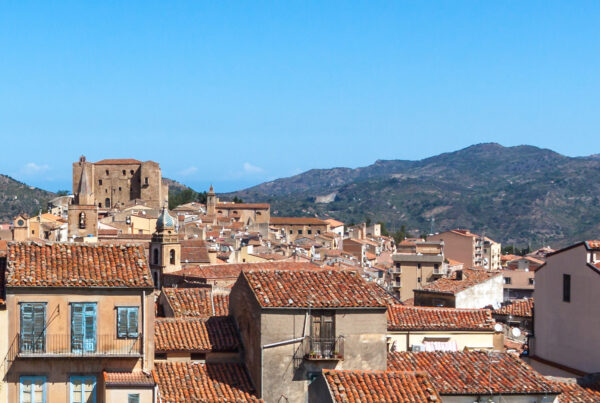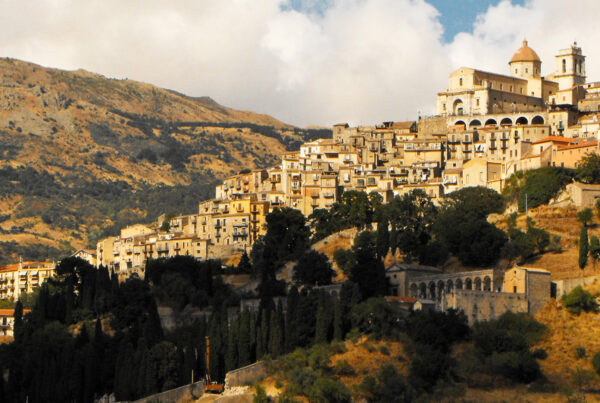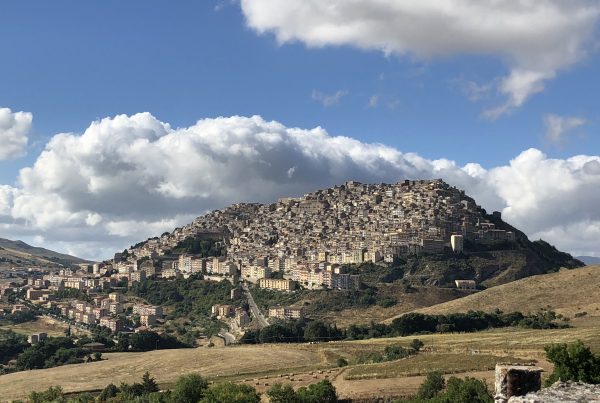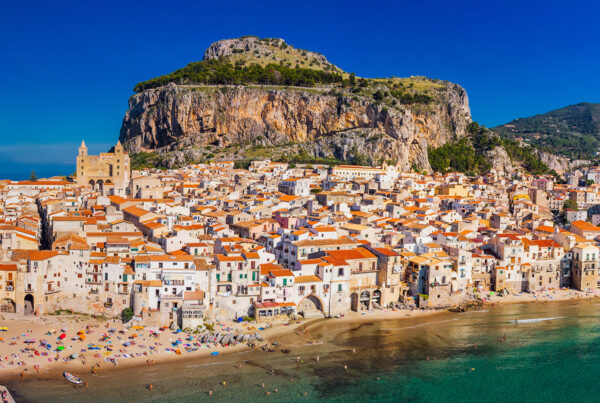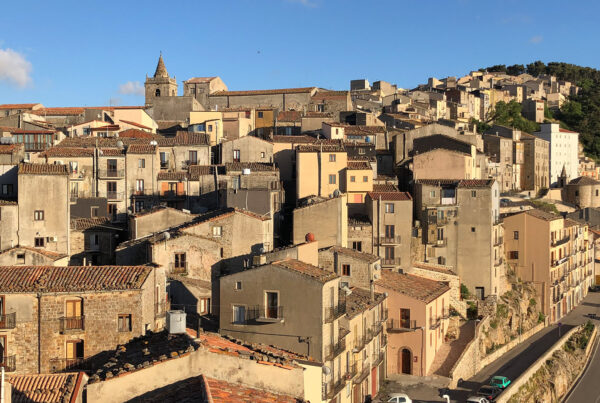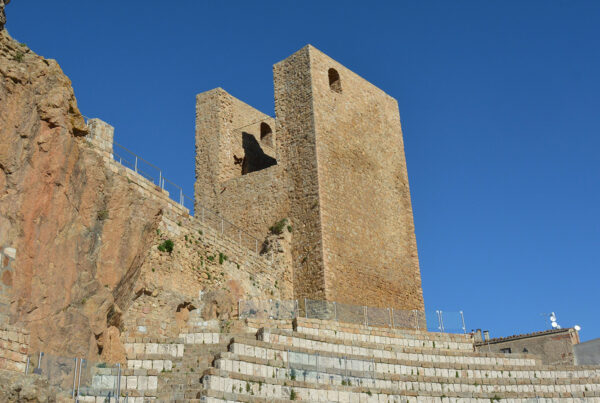Cefalù is a really beautiful town by the sea, beloved destination by tourists from all over the world, but which somehow managed to keep its essence unchanged.
The history of Cefalù mirrors that of the whole Sicily: a fishing town dominated over time by different populations and in particular by the Arabs and Normans who have left a clear mark on it.
You can start visiting this village by walking along its main street characterized by small shops, lively squares and very narrow alleys, until you reach the majestic Piazza Duomo, where the Cathedral dominates; it was founded by King Ruggero II of Altavilla in 1131 and it’s a clear example of the mixture of cultures that have alternated in the city. Arab, Norman and Byzantine cultures merged, giving rise to a monument of incredible beauty and importance, so that in 2015 it was included in the Arab-Norman itinerary sponsored by UNESCO.
The Cathedral is a work that has remained unfinished, as evidenced by its fairly bare interiors, but which bring out the figure of Christ Pantocrator above the apse, which has made it known throughout the world.
Next to the Cathedral there’s the medieval cloister, the oldest in Sicily, whose peculiarity is represented by the capitals, all different from each other and finely decorated with biblical or historical episodes.


